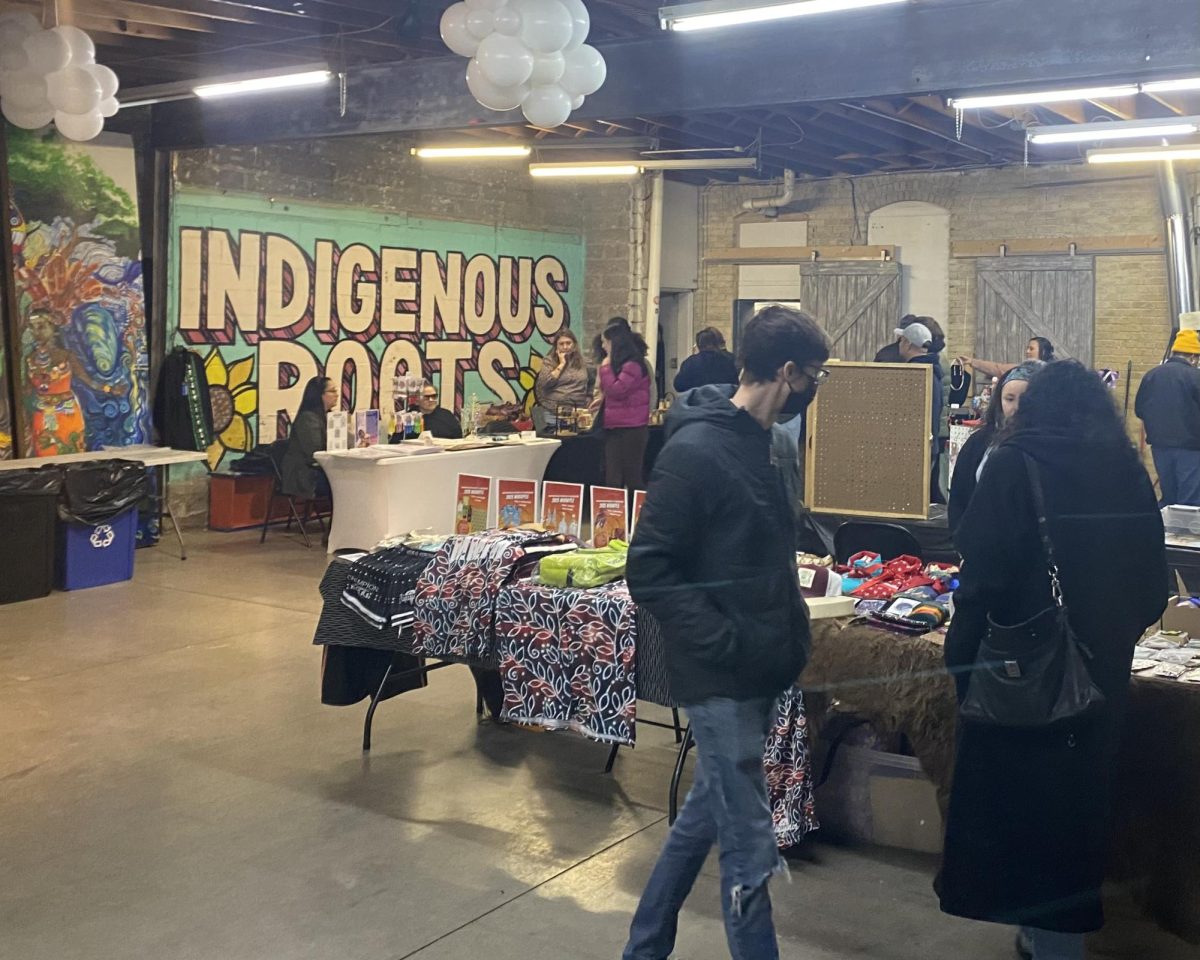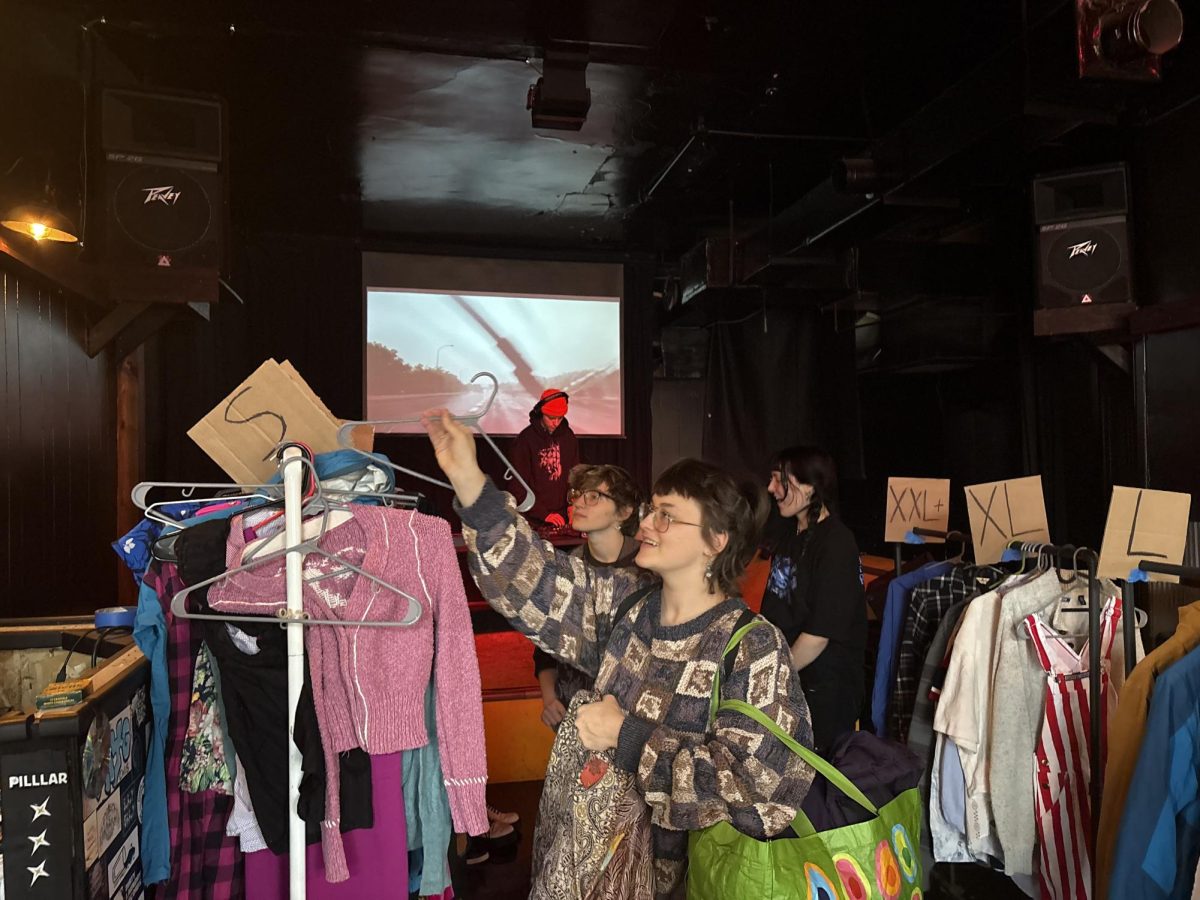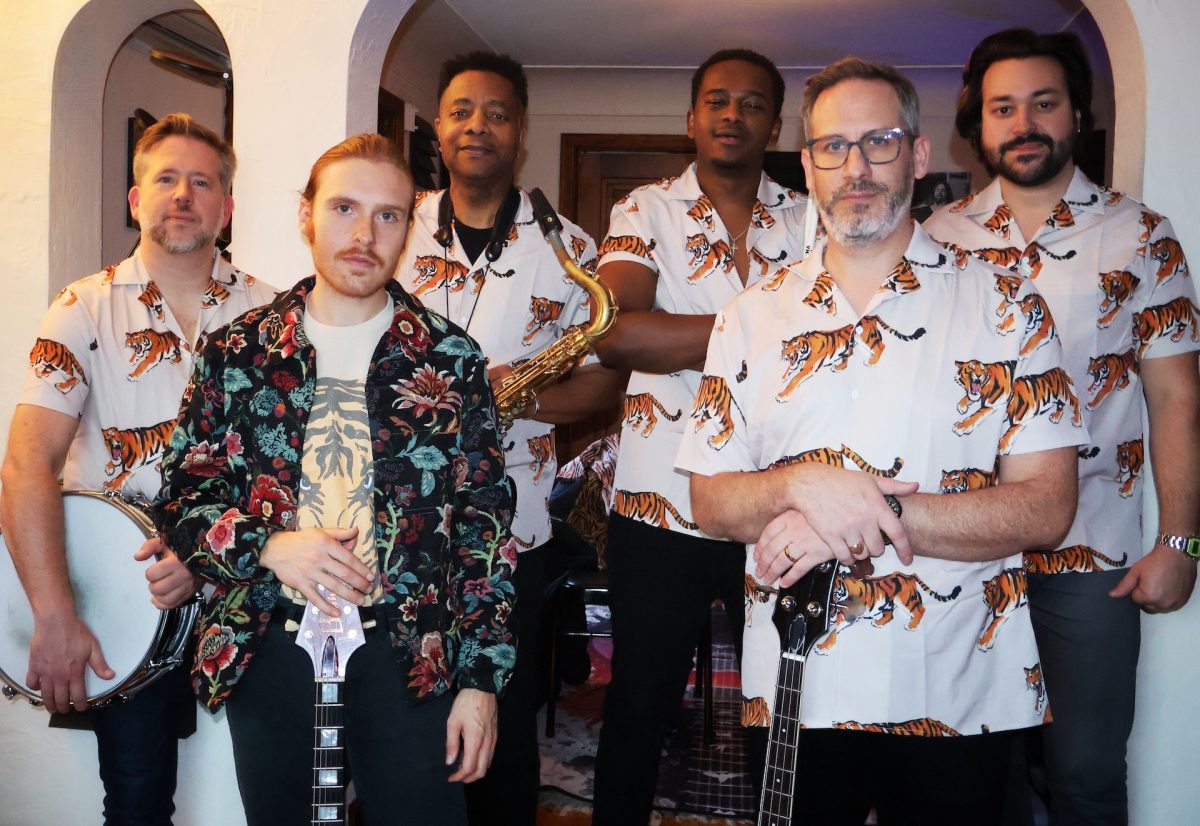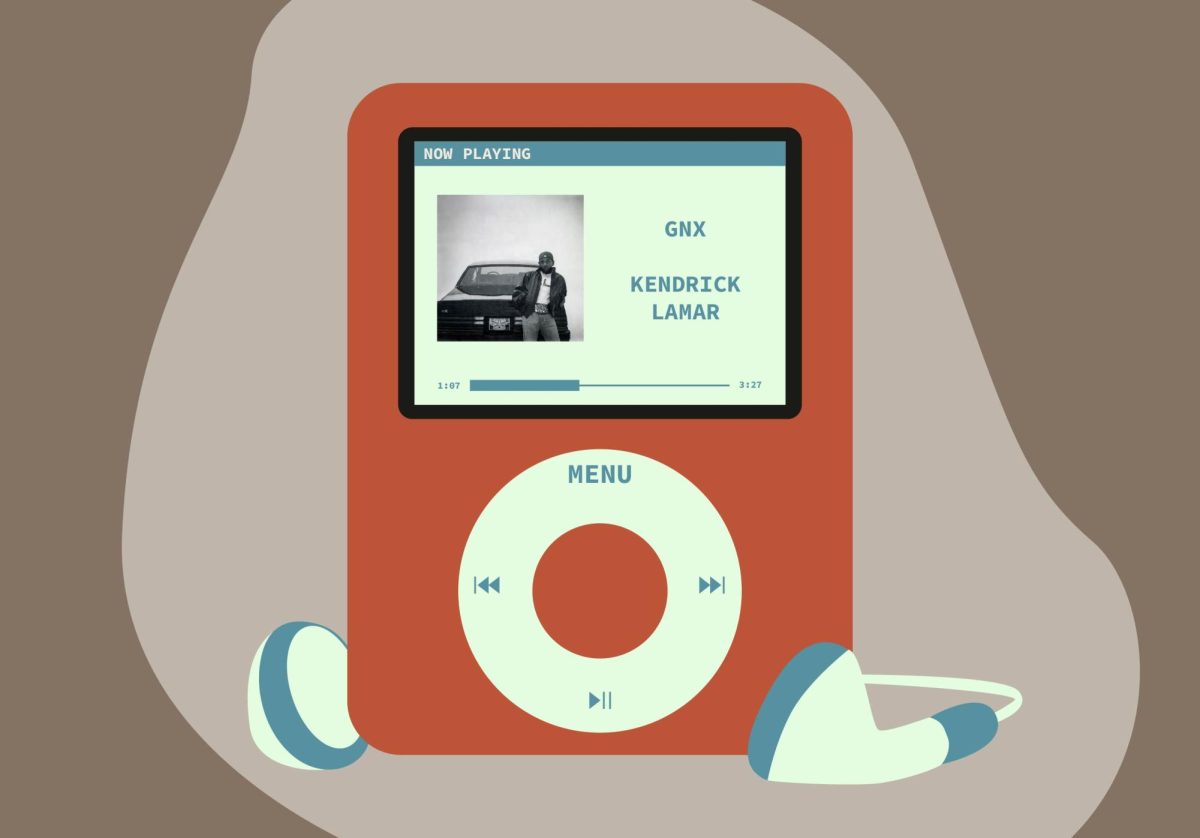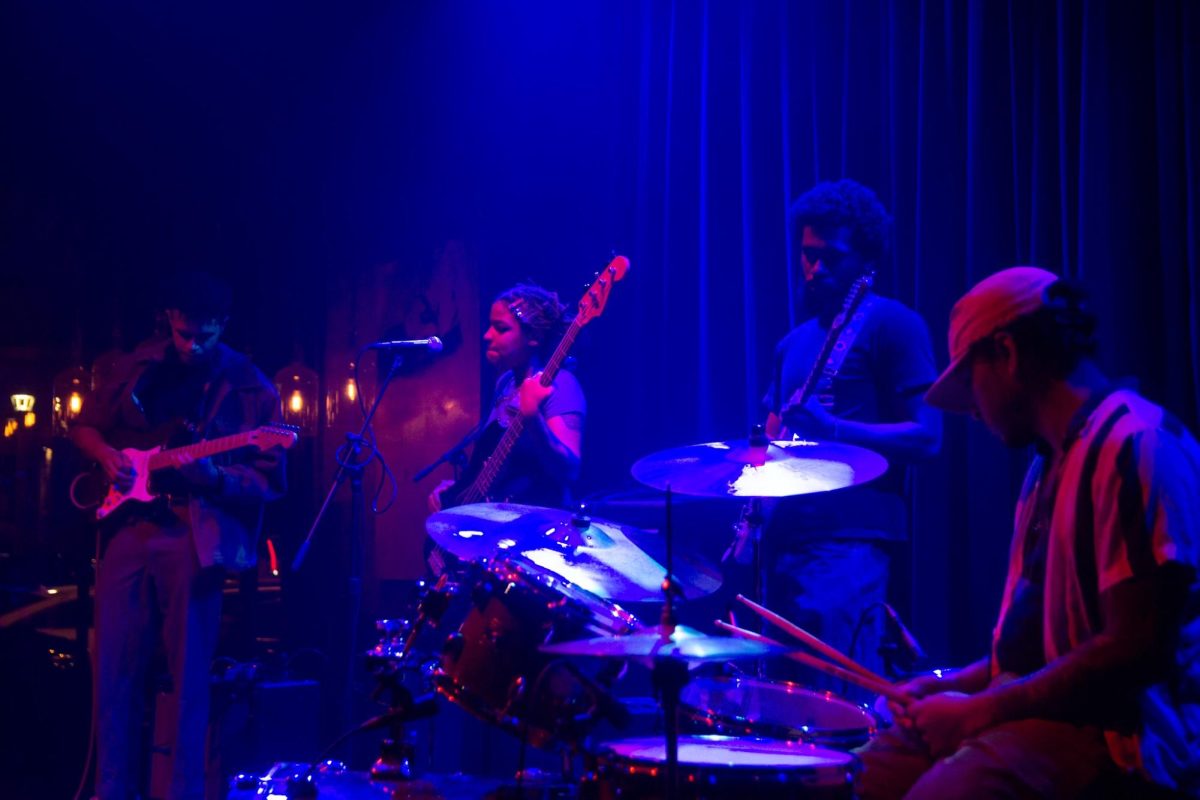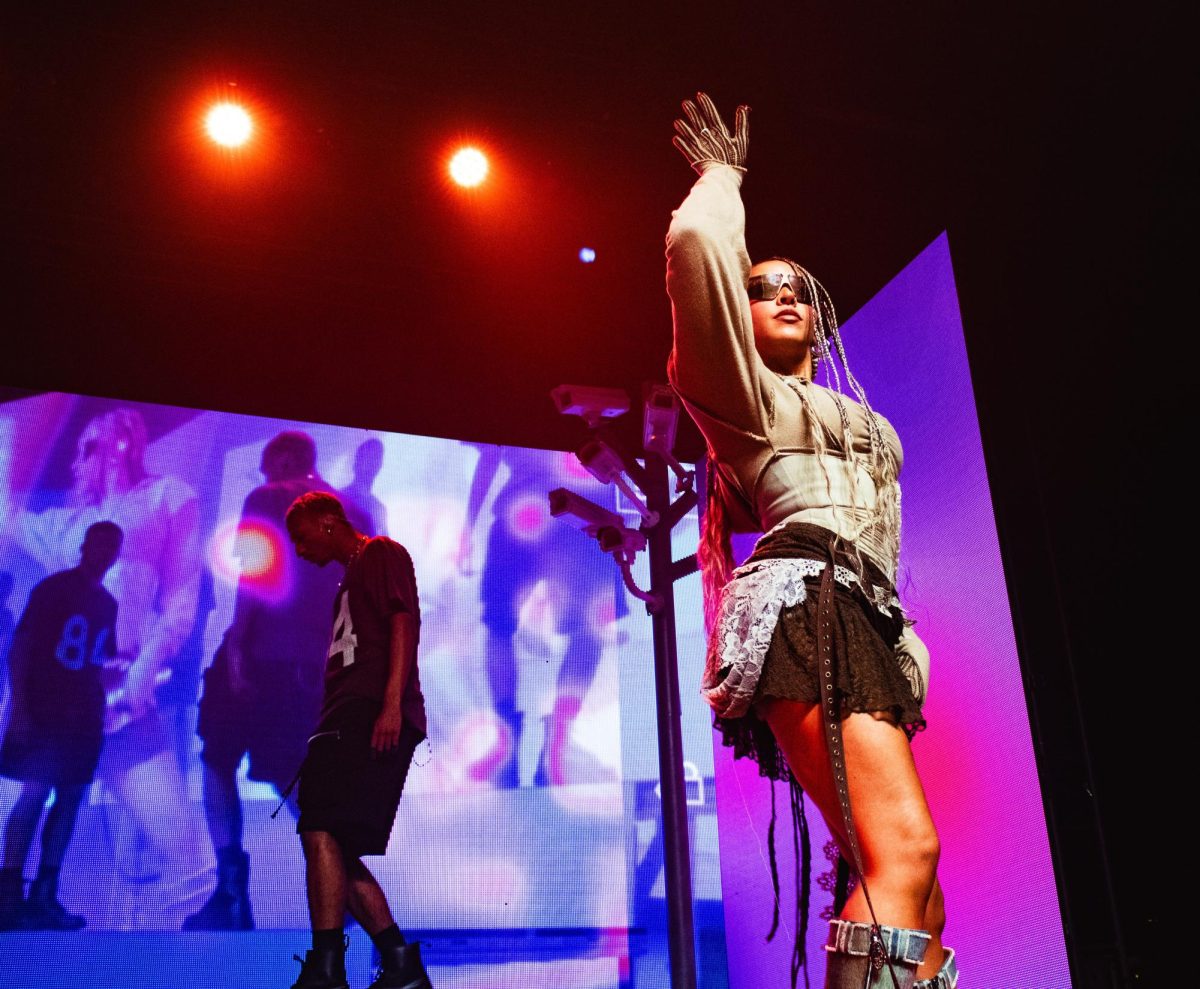About four years ago, Juan Mantilla and Josh Cachon sat in Cachon’s high school bedroom discussing the difficulties of making music. They were self-described “high school rejects” and had no resources to produce their own work. But, they had big plans.
“We just came to the conclusion that in order to create a better set of outcomes, we would have to just do it on our own,” Mantilla said.
Formed in 2015, theMARAJ functions as a collaborative space for expanding creativity and emphasizing multiculturalism. The group includes eight members, with origins reaching from Columbia and the Philippines to Russia and Liberia. They are all current or former University of Minnesota students.
“The original intent was to create a group that would be able to foster and maintain artistry for people that did not have the resources, network and ladders of upward mobility that exists in the music world,” said Mantilla, theMARAJ’s co-founder, a University junior studying sociology and political science.
Mantilla and fellow co-founders Cachon and Ilya Moskalenko were eventually joined by five other artists specializing in music and visual arts, all with different backgrounds and identities.
“We liked the idea of having all kinds of different dynamic artists and sounds and that each artist is prepared to release an album,” Cachon said. “We cultivate that culture behind the sound and what the album represents.”
theMARAJ’s emphasis on multiculturalism stretches beyond their music. It’s also about authenticity and solidarity with others.
“Multiculturalism is embracing the fact that we all have so much diversity, and that we all have struggles from that, but also that we find strength in that instead of allowing it to diminish our validity in any social context by standing out,” Mantilla said. “We will always be different, but that’s what makes us who we are.”
The dynamic of theMARAJ becomes clear in their music. Each member brings different musical inspirations to the table, with notes of indie rock among rap and R&B, especially in their latest project, “Dripstars,” released in July 2019.
“’Dripstars’ really displays each artists’ individual sound within a main theme,” Cachon said. “It was a tough album coming together but we figured it out and we took a long time on it for a reason.”
The musical content refers back to the musicians’ struggles and successes. As members of the collective, they have the opportunity to contribute to the group’s projects or produce their own.
“Some of the main components that really make this group so personal is that it’s the culmination of a lot of struggle,” Mantilla said. “It’s a celebration because of everything that we had to go through to get to this point.”
Making music together brought this group closer than they anticipated.
“Those are my brothers,” said Moses Karngbaye, who goes by Wavy or Forgivemewavy. “I did not expect to be here doing this music stuff if it weren’t for them.”
theMARAJ holds a place for its members to not only grow in their artistic capabilities, but to be more comfortable with their identities and emotions as they continue to create music.
“This is a space where individuals can find self-expression. We have the power to be ourselves and unite across different identities, origins, nationalities and cultures,” Mantilla said. “There’s a lot of power in that.”


